Куба Алтура Лавадо - кафе на месец Декември

Куба е дестинация, при която ще откриете интересни ретро автомобили, емблематичните пури, богата архитектура и горещи латино танцьорки. Но да не забравяме, че и кафето е важен елемент от отличителните белези на страната. Затова избрахме да ви го представим в нашата рубрика “Кафе на месеца”.
 Кафето е въведено от Жозе Антонио Гелаберт през 18 век и по времето на Кубинската революция през 1959 г. страната станала основен световен износител.
Кафето е въведено от Жозе Антонио Гелаберт през 18 век и по времето на Кубинската революция през 1959 г. страната станала основен световен износител.
Политическият контекст и национализацията на индустрията повлияват на драстичното намаляване на производство. Кафе индустрията на Куба е била силно засегната от национализацията и търговското ембарго от 1960 г. в САЩ. Поради това западният свят до голяма степен не е наясно как изглежда производството на кубинско кафе от поколения. Много от потребителите никога не са имали шанс да опитат от кубинските зърна.
Страната има най-значителния брой руини в света, които имат археологическа стойност. Много от тях са отлично запазени в районите, обявени от ЮНЕСКО за световно наследство. В Лас Теразас, между Хавана и Пинар дел Рио, ще намерите повече от 60. Най-представителните останки, които все още са запазени, са следните: Буена Виста и Ла Юнион в Лас Теразас, Ла Изабелика, в Сиера Маестра и Ле Дон Хосе Гелаберт ранчо при Ваджай. През 1790 г. Куба изнася 18 500 т. кафе годишно за Испания.
Трудностите в отглеждането на кафе в Куба включват прекомерни валежи, последвани от суша и лоши пътища. Използването на мулета за транспорт и традиционните методи все още са често срещани. Лошите пътища и достъпа за нужната работна ръка в насажденията също представляват голяма трудност.
Днес кафеените плантации на Куба се намират главно в три региона. Предимно по склоновете и в долините между 1 000 и 2000 м надморска височина, разположени в Баракоа и Сиера Маестра в източната част на Куба - планините Ескамбрай в близост до центъра на острова и Сиера дел Росарио, близо до западния връх на Куба в провинция Пинар дел Рио. Кафето Арабика е най-отглежданото кафе в Куба. В обхвата му преобладават сортовете: Типика, Бърбън, Сан Рамон, Виялобос и Катура.
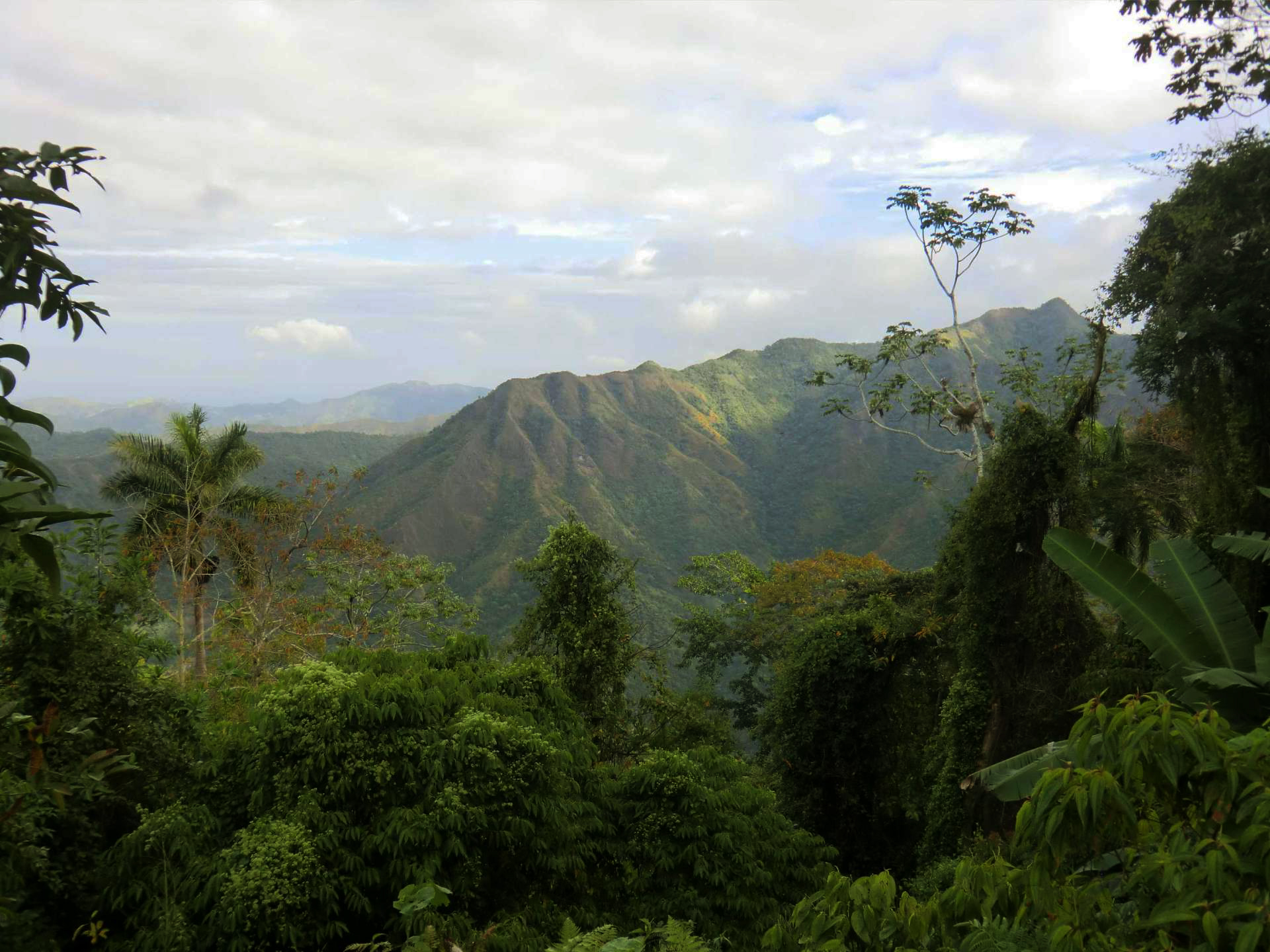
Най-познатия район за отглеждане на кафе в Куба се намира в източната част на Куба в планините на Сиера Маестра. Климатът е благоприятен, а плодородните, червеникаво-кафяви почви, богати на хумус, позволяват отглеждане на кафе без нужда от химически торове. Сортът известен като "Алтура" расте в района на Сиера Маестра и е наречен в чест на най-високия планински връх на Куба.
Градовете в Сиера Маестра имат история на отглеждането на кафе чрез ръчно бране на череши от дървото. Много дървета растат по стръмни склонове, а реколтата се събира в чували и фермерите ги пренасят на рамо с помощта на мулета до местата за сушене.
Традиционният метод за приготвяне сред планинските хора е да пекат реколтата и след това да пулверизират печените кафени зърна. След това кафето се потопява в гореща вода и се прецежда с помощта на кърпа. Кубинските кафета са класифицирани по имена като: Crystal Mountain, Extraturquino, Turquino, Altura, Montana, Cumbre, Serrano Superior, Serrano, Corriente и Cacocolillo.
Ароматът на кубинското кафе наподобява тютюн, плодове и карамел. Вкусът е на горски плодове или по-конкретно на ягоди и боровинки. Тялото е маслено, киселинността е ниска, а послевкусът-меден.
Нашето кубинско кафе Алтура Лавадо можете да поръчате : печено (ТУК) и сурово (ТУК)
Беше ли ви интересна информацията? Кое бихте желали да бъде следващото „Кафе на месеца“, което да ви представим? Споделете ни в социалните мрежи ( Instagram - @martinescaffe; Facebook – MARTINES CAFFE) или в коментари по-долу.

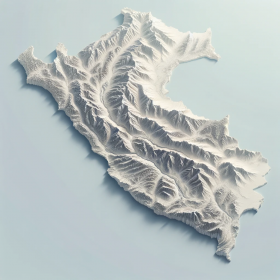
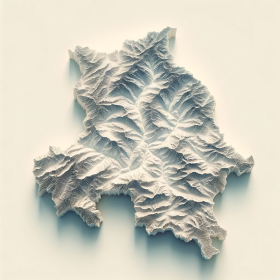

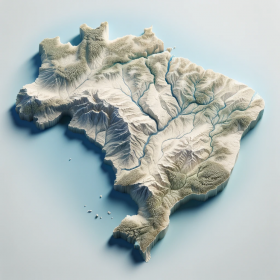

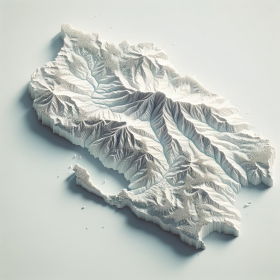




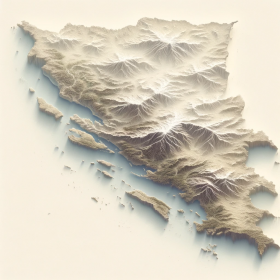

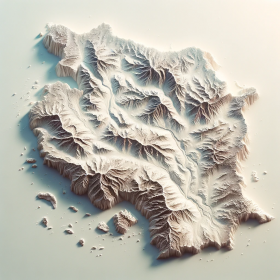
Оставете коментар